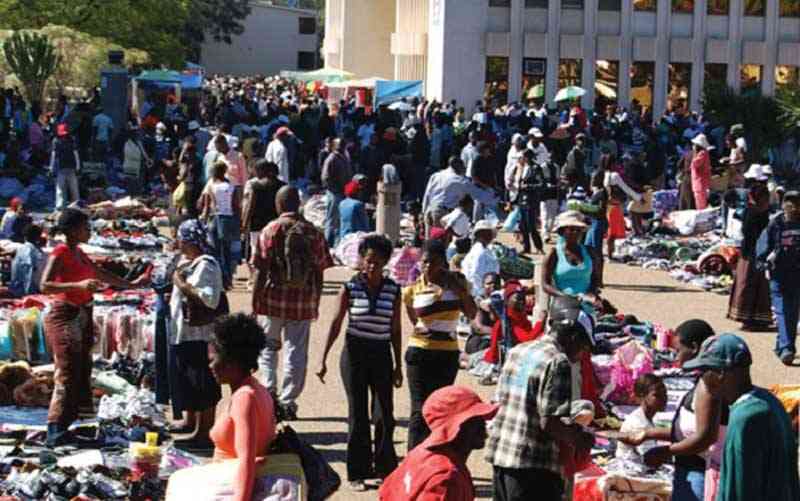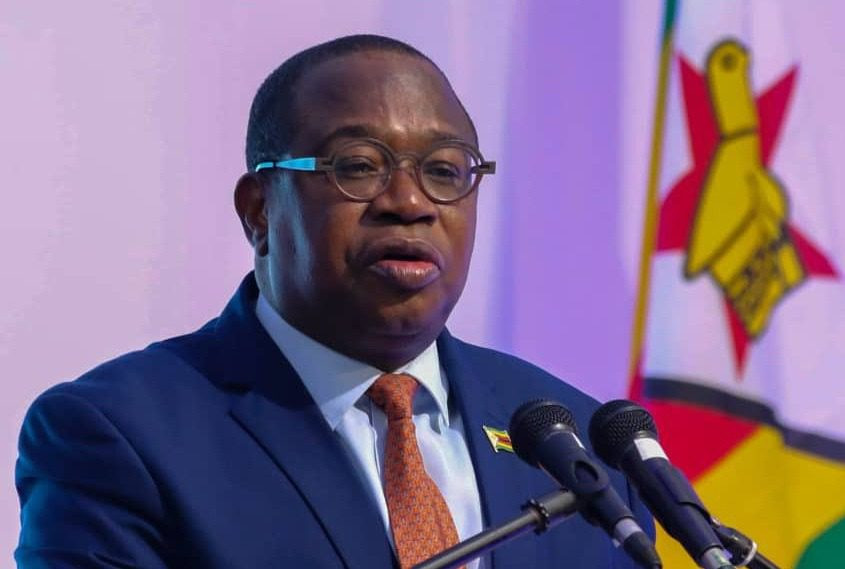
WHILE it makes sense for African policymakers to move decision-making closer to communities who are often impacted by shocks like climate change and economic collapse, most countries still struggle to embed socio-economic literacy and national policies in grassroots communities.
One of the main challenges is the presence of a vacuum in terms of who is responsible for taking government policies and strategies to the grassroots. In most agriculture-driven economies, politicians try to take government policies to the grassroots, usually towards elections as part of campaigning strategies.
However, there are no clear pathways on how communities can contribute to the achievement of national policies and strategic goals due to absence of community ownership pathways.
Starting where it matters
Rather than using top-down approaches, whereby the national government decides for local communities, community economic consultative processes should be the ideal starting point, beginning with gathering preliminary information such as who is who in the community or district and doing what?
This will require different types of administrative structures such as line ministries or departments, political and traditional structures. Ultimately, consultative processes should unpack and ensure clear roles and responsibilities for these structures.
Clarifying and aligning roles and responsibilities can enable streamlining of decisionmaking in ways that weed out duplication of efforts and waste of resources. It has taken African countries too long to adjust some of these colonial structures so that they suit the building of a home-grown economy.
With good facilitation, communities can start by engaging in rich discussions on how local people define and characterise their community or district. Is the definition and characterisation by administrative government boundary, colonial boundary, natural resources, political boundary or chieftainship? A progressive and solution-focused dialogue can see communities freely questioning and debating boundaries that were set for specific purposes, for instance during colonial times but continue to be used today.
- Cricket initiative targets disadvantaged communities
- Zenda throws lifeline to upcoming visual artistes
- Cricket initiative targets disadvantaged communities
- Zenda throws lifeline to upcoming visual artistes
Keep Reading
Redefining community boundaries
It is unfortunate that African policymakers constantly direct resources towards redefining constituencies for election purposes, but no resources have been directed towards redefining communities and districts for developmental purposes using new emerging socio-economic criteria with input from local people. To ensure consultative processes are guided by context and preliminary information about a community or district, the following activities can be undertaken:
Mapping resources and food systems: What type of resources and food systems are in this community or district? In most African countries, mass food markets quietly define communities through food systems by showing sources of diverse commodities such as fruits, horticultural crops, field crops and livestock, among other commodities whose dominance communities may not be aware of. Empowering communities to use a food system in profiling themselves is fundamental.
Population: Who is who in terms of gender, age, literacy levels, knowledge and skills? Answering such questions broadens consultation avenues. For instance, are issues under discussion about youth, food systems, infrastructure, gender, natural resources, knowledge and information?
Land use: Over the years, most African communities have seen changes in land use due to urbanisation and the growth of the small and medium-driven economy. Who is involved in this paradigm shift that is taking place in response to the natural growth pathways of the African home-grown economy?
What is the development pathway for the community or district?
This is a very important question to be answered by community members or residents of a particular district. In some communities, development is driven by agriculture or mining while in cities and growth points development is driven by manufacturing of consumable products. Are there long-term plans for communities that are sources of raw materials used for economic development? Answers to these questions should see most smallholder farmers moving into a certain middle-class existence in line with clear development pathways. If the majority of the population in a community or district are smallholder farmers and 15-20% of the population comprises SMEs at district level, how can these enterprises be part of the middle-class economy by 2030?
Building a community investment guide
Most agriculture-driven communities often lack a plan of action to which local people can contribute in building a community investment guide. Such a guide will assist farmers and SMEs to chart a way forward in terms of where they want to be in five to 10 years. For instance, many people have been stuck in food systems-based vending for decades due to absence of growth pathways in the food systems. When such people are engaged in fruitful and hopeful dialogue, they can express their knowledge on what they think needs to be done to uplift their enterprises and livelihoods.
Themes around developmental pathways can look at the socio-economic development pathways. The African social fabric has been weakened because half the family can be in the diaspora, a quarter of the family in the city and the other quarter remains in the rural area. However, some relationships have remained very strong such that some families have potential to mobilise their resources like remittances which, unfortunately, end up being for consumption due to absence of development pathways at community level. What can someone in the diaspora invest into in his/her home district if s/he wants to contribute to the local gross domestic product? In most cases, investment remains an individual decision but an enabling policy or guidelines can translate individual investment into district and national development.
Policymakers should have an idea of areas of interest for people with excess money or resources.
For instance, in agriculture and food systems, policymakers should know what each farmer is planning to grow this season. When institutions at local level like agricultural extension services are able to collect such information, they become investment advisors able to assist local people who receive at least US$200 remittances every month in a rural area in terms of where to invest.
Packaging the economic pathway
Several African communities have water, forests, minerals, roads, energy, skills and knowledge but these have not been properly valued. How can communities be assisted to value and package these resources in ways that contribute to systematic development? An investor from outside has to see value in local human and natural resources. Consultations at community or district level can reveal what exists which can be packaged and promoted as a package to both local and external investors.
Combining indigenous and formal systems can enable communities to run their enterprises and manage their resources viably.
One key hindrance is that business ideas in communities and districts are often too limited because they lack external expertise for translating existing resources into business models for the entire community.
For instance, currently some individual community members may have grinding mills, retail shops and bottle stores but there are enormous opportunities for processing ideas and existing natural resources into massive business models to add value to diverse agricultural commodities including fruits and small grains. Value addition should not just happen in cities.
Integrating indigenous knowledge systems with formal education
Instead of continuously devoting resources to formal education systems at the expense of indigenous knowledge existing in communities, how can communities use new knowledge including digital technologies to develop or package their history, artisanal mining, art, local cuisines and others? The fact that departments and faculties at universities are not cascading to the grassroots continues to orphan and weaken indigenous knowledge systems. In fact, academic and Western professional systems are creating new social classes and converting those who do not do well academically into outcasts. Structurally, African countries are using the Western education system to make indigenous knowledge, skills and talent redundant when such knowledge should be used for economic development in ways that respond to the needs of particular communities.
Charles Dhewa is a proactive knowledge broker and management specialist










